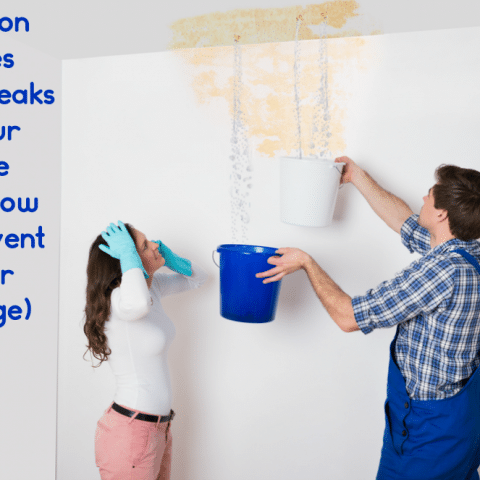What're your opinions on Locating water leaks?

Early detection of dripping water lines can reduce a possible calamity. Apart from conserving you money, it will minimize the aggravation and aggravation. The minute you discover a leakage, calling your plumber for fixings is the best service. Nevertheless, some small water leakages might not show up. Below are some hacks that aid if you can not spot it with your nude eyes.
1. Take A Look At the Water Meter
Examining it is a surefire means that aids you uncover leakages. If it moves, that shows a fast-moving leakage. This indicates you may have a slow-moving leakage that might even be below ground.
2. Inspect Water Consumption
Analyze your water expenses as well as track your water consumption. As the one paying it, you ought to discover if there are any type of discrepancies. If you find sudden changes, despite your consumption being the same, it indicates that you have leakages in your plumbing system. Bear in mind, your water expense need to drop under the very same array each month. An unexpected spike in your bill indicates a fast-moving leakage.
A consistent boost every month, even with the very same practices, shows you have a slow-moving leak that's likewise slowly intensifying. Call a plumber to extensively inspect your home, particularly if you really feel a warm area on your flooring with piping beneath.
3. Do a Food Coloring Test
When it comes to water usage, 30% comes from toilets. If the color in some way infiltrates your bowl during that time without flushing, there's a leak between the container and dish.
4. Asses Outside Lines
Don't neglect to inspect your outside water lines too. Should water seep out of the connection, you have a loose rubber gasket. One little leakage can squander heaps of water as well as spike your water costs.
5. Evaluate and Examine the Situation
Property owners ought to make it a habit to check under the sink counters and also also inside cupboards for any type of bad odor or mold and mildew development. These 2 red flags suggest a leak so punctual interest is called for. Doing routine assessments, also bi-annually, can conserve you from a significant trouble.
Much more significantly, if you recognize your house is currently old, maintain a watchful eye on your heating systems, pipes, pipelines etc. Look for discolorations and also weakening as many appliances and also pipelines have a life expectancy. They will additionally normally degrade as a result of damage. Don't wait for it to escalate if you presume dripping water lines in your plumbing system. Call a specialist plumber right now so you do not end up with a horrible mess in your house.
Early detection of dripping water lines can mitigate a potential calamity. Some small water leaks may not be visible. Examining it is a surefire means that helps you find leaks. One little leakage can waste heaps of water and surge your water bill.
If you believe leaking water lines in your plumbing system, don't wait for it to rise.
WARNING SIGNS OF WATER LEAKAGE BEHIND THE WALL
PERSISTENT MUSTY ODORS
As water slowly drips from a leaky pipe inside the wall, flooring and sheetrock stay damp and develop an odor similar to wet cardboard. It generates a musty smell that can help you find hidden leaks.
MOLD IN UNUSUAL AREAS
Mold usually grows in wet areas like kitchens, baths and laundry rooms. If you spot the stuff on walls or baseboards in other rooms of the house, it’s a good indicator of undetected water leaks.
STAINS THAT GROW
When mold thrives around a leaky pipe, it sometimes takes hold on the inside surface of the affected wall. A growing stain on otherwise clean sheetrock is often your sign of a hidden plumbing problem.
PEELING OR BUBBLING WALLPAPER / PAINT
This clue is easy to miss in rooms that don’t get much use. When you see wallpaper separating along seams or paint bubbling or flaking off the wall, blame sheetrock that stays wet because of an undetected leak.
BUCKLED CEILINGS AND STAINED FLOORS
If ceilings or floors in bathrooms, kitchens or laundry areas develop structural problems, don’t rule out constant damp inside the walls. Wet sheetrock can affect adjacent framing, flooring and ceilings.
https://www.servicemasterbyzaba.com/blog/how-to-detect-water-leakage-in-walls/

We were introduced to that write-up on Leaking water lines from an associate on a different web page. Do you know about someone else who is fascinated with the topic? Feel free to promote it. Thanks a lot for your time spent reading it.